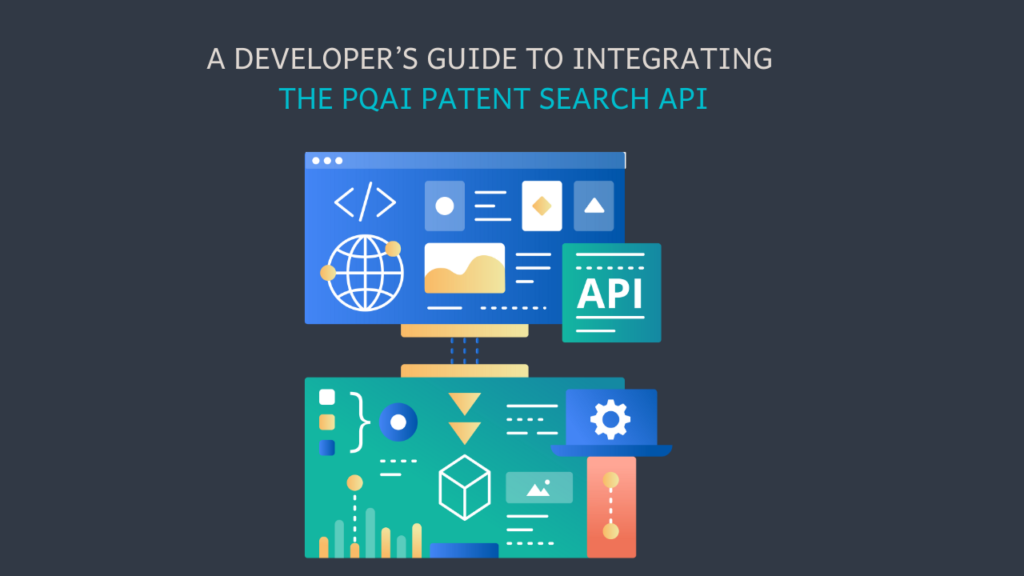
How to Integrate the PQAI Patent Search API Into Your Tools And Systems?
You have already explored what PQAI can do. Now you want to bring its semantic patent search into your own product or tool. Maybe you
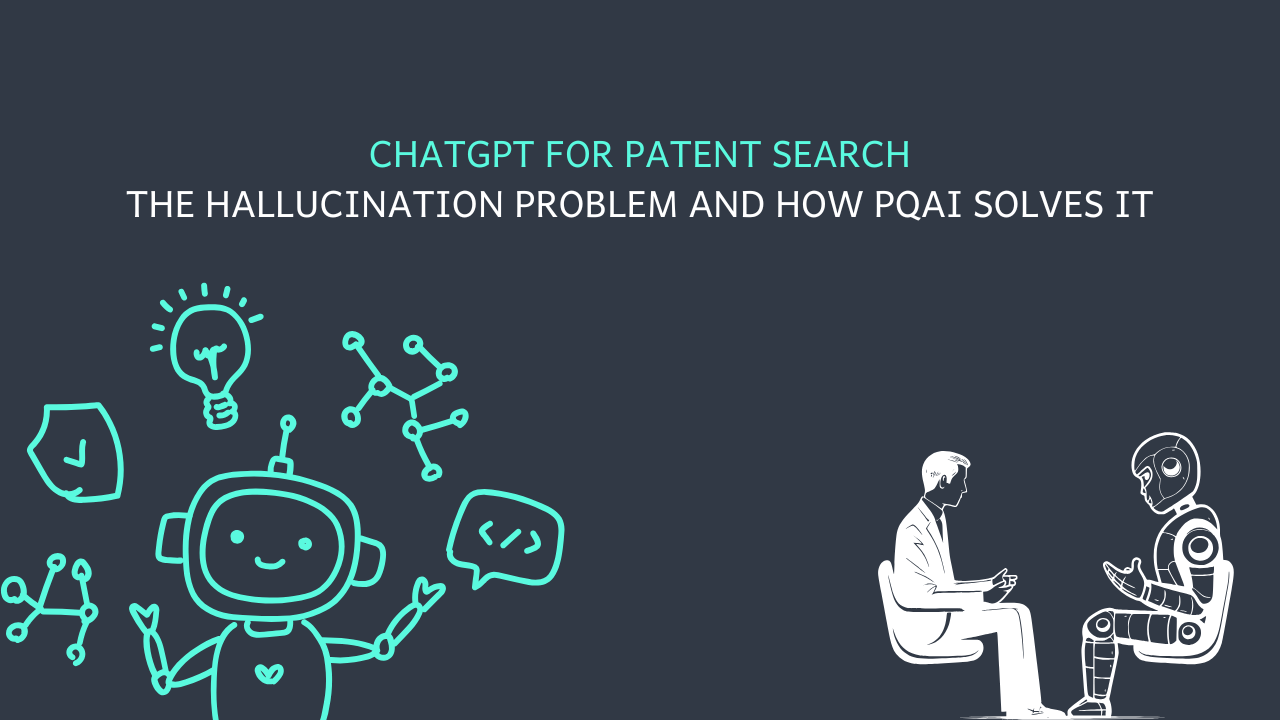
When it comes to natural language understanding, ChatGPT is remarkably capable. It can summarize research papers, explain technical jargon, and even assist in brainstorming inventive ideas. But what happens when we rely on it for something as high-stakes as patent search?
With AI tools becoming the go-to assistant for innovators, I wanted to test a hypothesis: Can ChatGPT handle a technical prior art search the same way a patent professional or a semantic search tool would do?
To find out, we gave ChatGPT a query that mirrored how inventors naturally describe their ideas. What I found next was eye-opening.
In the following sections, I’ll share:
To see how well ChatGPT could assist in a real-world innovation search, we gave a query that reflected a typical product development scenario. That is, understanding the state of existing technologies around advanced glass manufacturing.
The focus was on alkali-free boroaluminosilicate glass production methods, specifically for display substrates. A key technical nuance in this space is the shift from traditional toxic fining agents like arsenic and antimony to environmentally safer alternatives such as tin oxide.
The objective was to surface patents that addressed this substitution, while also ensuring high thermal stability and minimal defects in large glass sheets.
We crafted the query in natural language, much like how an R&D analyst or an innovation researcher would describe a technical requirement when searching for prior art:
“Alkali-free boroaluminosilicate glass production methods for display substrates, using tin oxide (SnO₂) as a fining agent instead of arsenic/antimony, targeting low defect levels and thermal stability in large glass sheets.”
Our expectations were straightforward: Could ChatGPT understand the compositional nuances and manufacturing parameters, and retrieve patents that specifically addressed these criteria pre-2006?
We prompted ChatGPT and waited to see how it would respond.

What came next was an unexpected mix of seemingly relevant titles and patent numbers that were entirely off the mark.
At first glance, ChatGPT’s response seemed promising. It returned a list of patent numbers, titles, and summaries that appeared to align with the query’s keywords like “alkali-free glass,” “fining agents,” and “display substrates.”
For a moment, it looked like the LLM had cracked the prior art challenge.

But upon closer inspection, a troubling pattern emerged.
All of the cited patents, while real in number, had no relevance to the technical problem we were exploring.
Take US5053223A for example. ChatGPT presented it as a foundational patent on alkali-free glass compositions. In reality, the patent is about controlling coffee-leaf miners – a pest management method for agriculture.

Source – Google Patents
Another cited reference, US4894292A, was introduced as prior art on display glass substrates. The actual patent was a thermosetting phenol-formaldehyde sheet molding compound for rapid curing. It was entirely unrelated to glass fining or display technology.
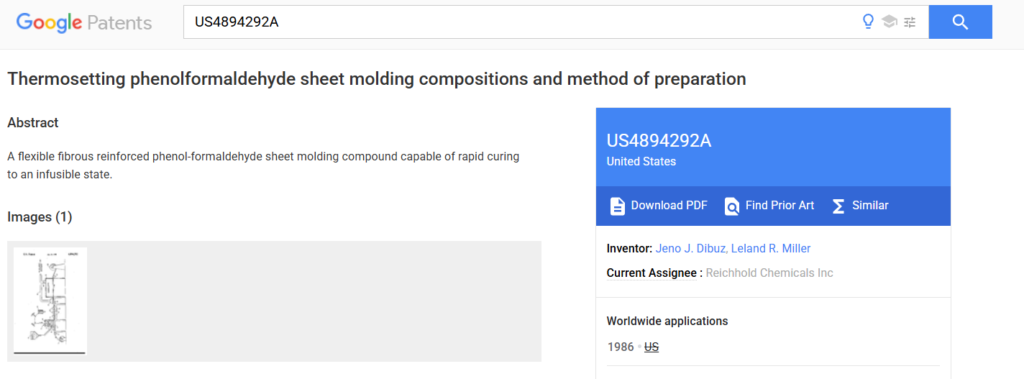
Source – Google Patents
These weren’t simple mismatches. These were hallucinations – confident, authoritative-sounding fabrications that could easily mislead anyone not double-checking every reference.
The problem wasn’t with the query. It was with how ChatGPT processes structured technical searches. By predicting patterns rather than verifying from a reliable source of truth.
But this is a power platform. So, how do you enable it to make patent search easy without changing the interface? Change the way ChatGPT accesses patent data.
We developed a custom GPT that integrated PQAI’s API directly into ChatGPT’s workflow. This enables searchers to move beyond text pattern predictions and tap into a verified, structured database of global patents.
Putting it to the test, we ran the exact same query, but this time, through PQAI’s semantic search API integrated with ChatGPT.

Source – PQAI Integrated ChatGPT
The difference was immediately evident. Moreover, users could limit their search to a particular date, and the integrated GPT would give perfect results.

Not only that, but it also shared results from other patent offices upon request.
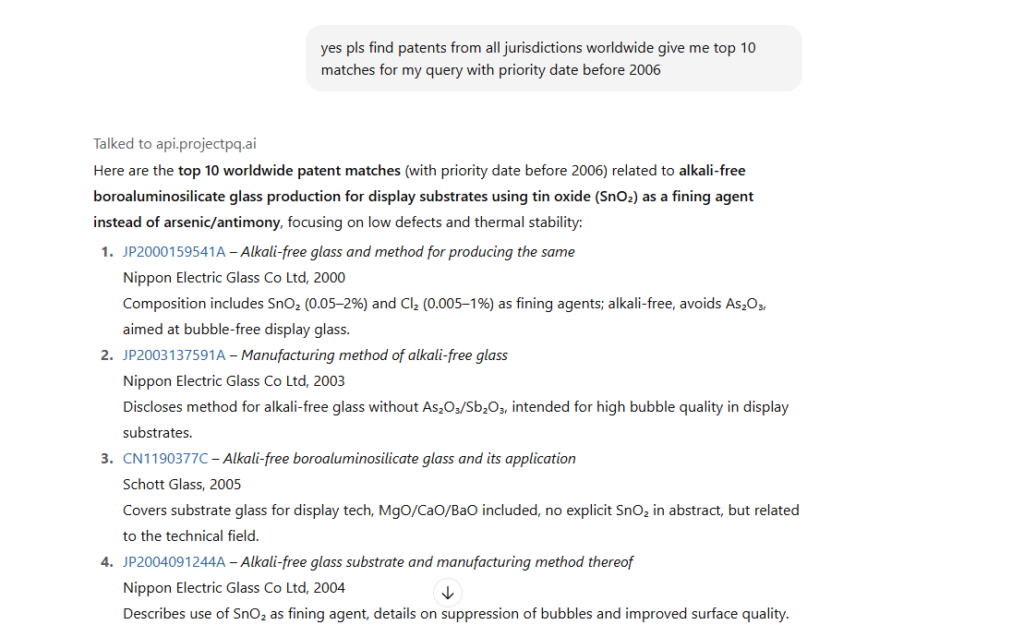
Instead of fabricated summaries or irrelevant patents, PQAI delivered a curated list of prior art that directly aligned with the technical nuances of the query. For example, here are few of the patents that were surfaced by the PQAI integrated ChatGPT.
Each result wasn’t just a keyword match. It was contextually aligned with the specific technical challenge of transitioning to environmentally safer fining agents in display glass production.
This is the transformation when a domain-specific semantic API augments ChatGPT’s capabilities. PQAI’s API doesn’t hallucinate. It interprets the relationships between materials, processes, and applications based on structured patent literature.
The outcome is relevant, reliable prior art that an innovator, analyst, or R&D professional can trust.
ChatGPT’s brilliance lies in its ability to generate human-like responses by predicting patterns in text. This makes it exceptional for tasks like summarizing papers, explaining concepts, or assisting in creative brainstorming. However, when it comes to structured technical searches – like prior art discovery – this predictive approach falls short.
Why? Because patent search is not a game of linguistic probability. It’s a game of semantic precision.
When you ask ChatGPT to retrieve patents, it isn’t querying a verified patent database. It’s attempting to infer which patents should match based on the patterns in its training data. This leads to fabricated references, i.e., results that sound right but aren’t grounded in actual patent documents.
That’s where the PQAI API integration makes all the difference.
PQAI’s semantic search engine is designed specifically for innovation research. It doesn’t rely on guesswork. Instead, it:
When ChatGPT is enhanced with PQAI’s API, it no longer relies on pattern prediction alone. It becomes a precision tool that understands:
This shift from prompting a generative model to querying a semantic API pipeline turns ChatGPT from a conversational assistant into a domain-relevant patent search platform.
For innovators, analysts, and R&D professionals, this means:
It’s not just about making ChatGPT smarter. It’s about connecting it to the right source of truth.
ChatGPT is an incredible assistant when it comes to understanding language, but language prediction alone isn’t enough for high-stakes tasks like patent search.
That’s why domain-specific integrations like PQAI’s semantic search API are game changers. By combining ChatGPT’s conversational interface with PQAI’s structured search intelligence, you get the best of both worlds:
Sans the hallucinations or irrelevant noise. Just reliable innovation intelligence at your fingertips.
Are you looking to supercharge your patent search workflow? Contact us today to learn how PQAI’s semantic search API integration can transform ChatGPT into a precision tool for prior art discovery.
At PQAI, we bring clarity to the world of patents. Through storytelling and insight, we simplify inventions so innovators, researchers, and businesses can learn from the past and build the future.
Share

You have already explored what PQAI can do. Now you want to bring its semantic patent search into your own product or tool. Maybe you
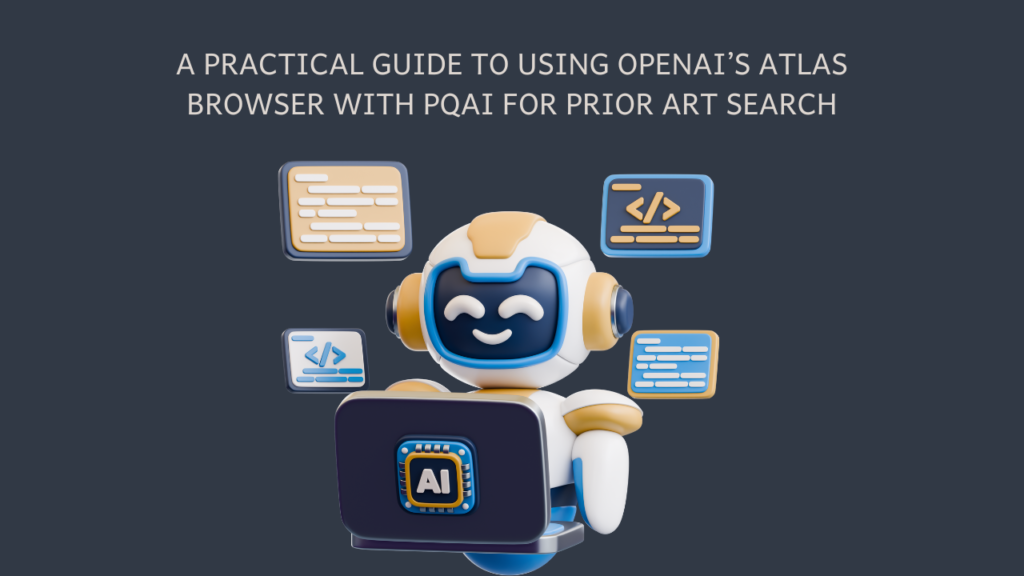
OpenAI’s Atlas browser marks a new milestone in AI-driven research. Research on the web has always been a bit awkward for AI. It could fetch
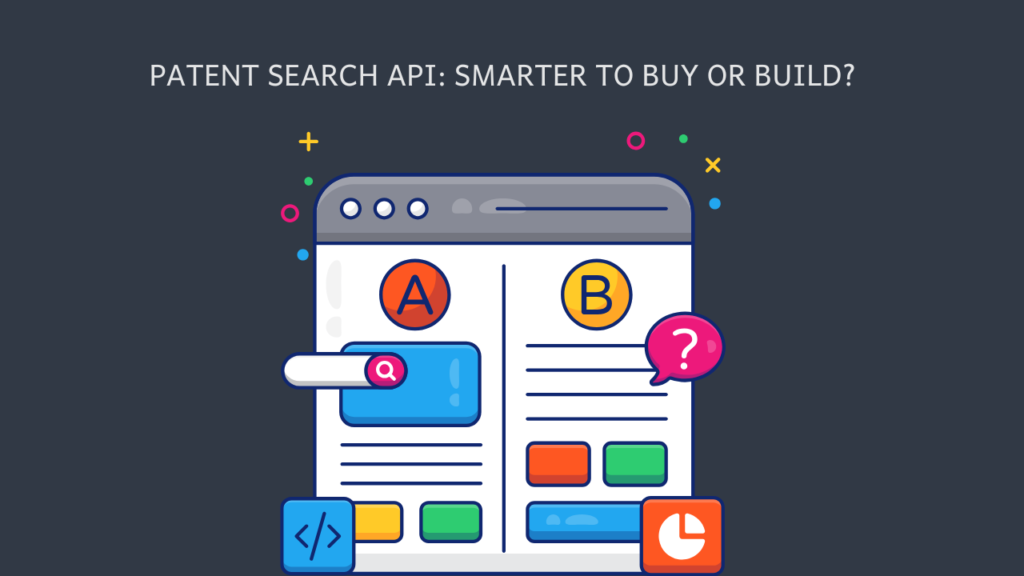
Sooner or later, someone in the boardroom asks: Wouldn’t it be smarter to create our own patent search API instead of licensing one? On the
Dear PQAI Team,
We are pleased to express our support for PQAI and its mission to revolutionize patent searching through open-source, AI-driven solutions.
At [COMPANY NAME], we recognize the importance of accessible and efficient patent tools in fostering innovation and empowering inventors from diverse backgrounds. By supporting PQAI, we aim to contribute to the development of transparent, collaborative, and impactful solutions for the intellectual property community.
We kindly request the addition of [COMPANY NAME] to the official List of Supporters of PQAI.
Sincerely,
[CEO or Equivalent Name]
[Title]
[Company Name]
[Signature]